In January 2024, the Tallinn Athletics Hall was opened after a thorough renovation. Only the concrete floor and wooden trusses remained from the old building, everything else was built in a new, modern way. The ventilation system of the most modern athletics hall in Estonia was built by AS Hiieko.
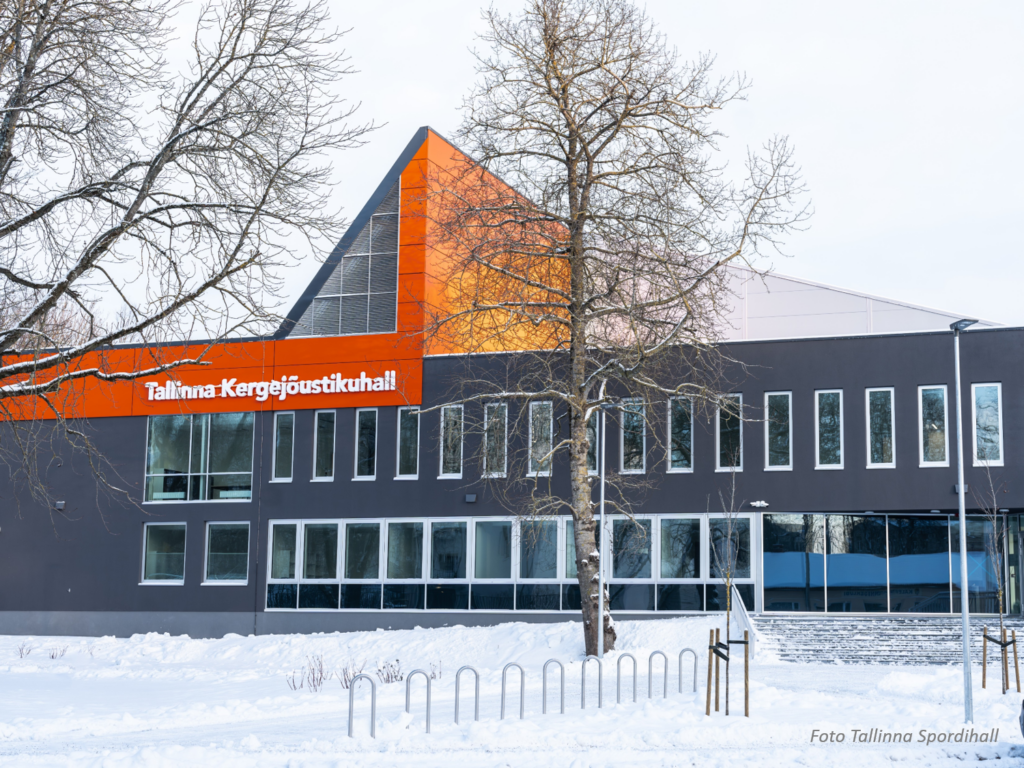
Nordlin Ehitus: the renovation of the athletics hall was a large and voluminous project, important to the city and the public
According to Kaupo Silla, the project manager of Nordlin Ehitus, the main construction contractor, a perfectly functioning heating, ventilation and cooling solution for the sports facility is very important for the functional use of the hall. “Here I commend our long-term partner Hiieko, whose style of cooperation and adherence to promises and deadlines suit us well,” he added.
A smart ventilation system operates as little as possible and as much as necessary
Hiieko installed a ventilation and smoke removal system in the hall. The purpose of the ventilation system is to ensure air exchange that meets the requirements of the sports hall. It consists of six machines, three of which serve the large hall area and three machines serve other parts of the building. The equipment in the large hall is controlled based on the CO₂ rate. If there are many people in the hall and intensive training is taking place, the equipment increases productivity.
The author of the ventilation project, Kuldar Liira from Resand AS, says that the customer wanted the highest possible ceilings for the rooms, which turned out to be a good test under the given conditions. “Fitting the ventilation pipes and equipment between the trusses and posts in the existing building was a big challenge for both the designer and the builder,” he says.
Equipment based on the latest technology was supplied by LCC Produkt
The IV Produkt ventilation equipment of Swedish origin for the sports hall was supplied by LCC Produkt, an Estonian company offering energy-saving ventilation solutions. In terms of equipment selection, it was a demanding project, because very reliable and economical ventilation equipment had to be found for these tight conditions.
“The challenge in the sports hall is that the air volumes needed for a large hall vary on a very large scale. Sometimes only 10 people train, but other times there are, for example, 1,000 people in the hall. To this end, CO₂ and temperature sensors have been distributed across the regions, which control the operation of the equipment, adding fresh air exactly as needed,” explains Urmas Pilpak, CEO of LCC Produkt, about the chosen solution. “Such devices are preferred here in Estonia, because the newest technologies are used both in terms of components and automation.”.
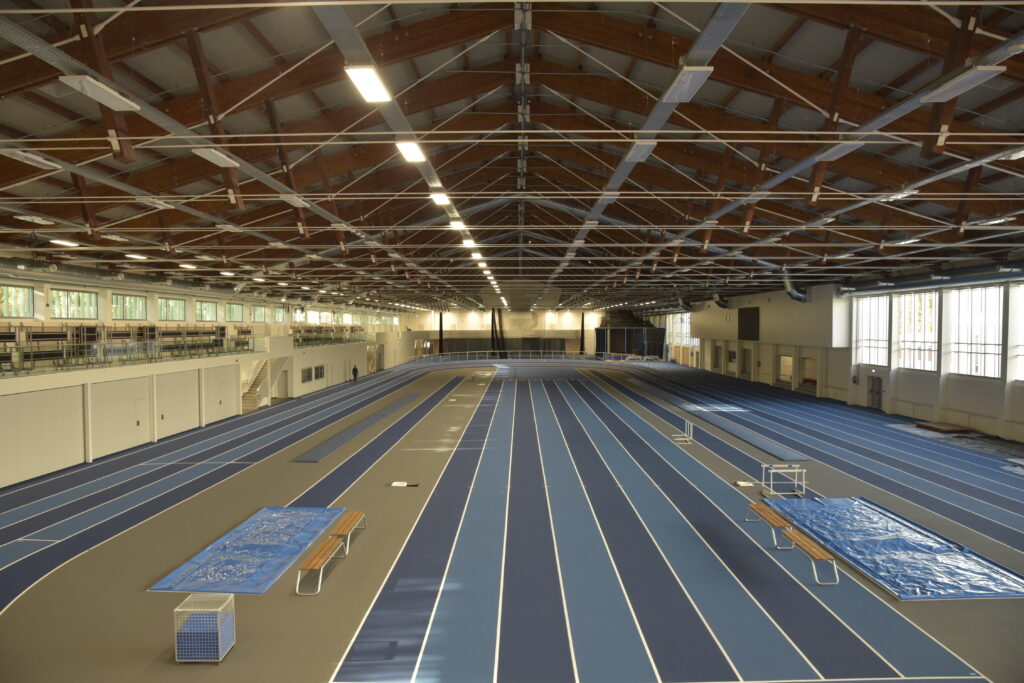
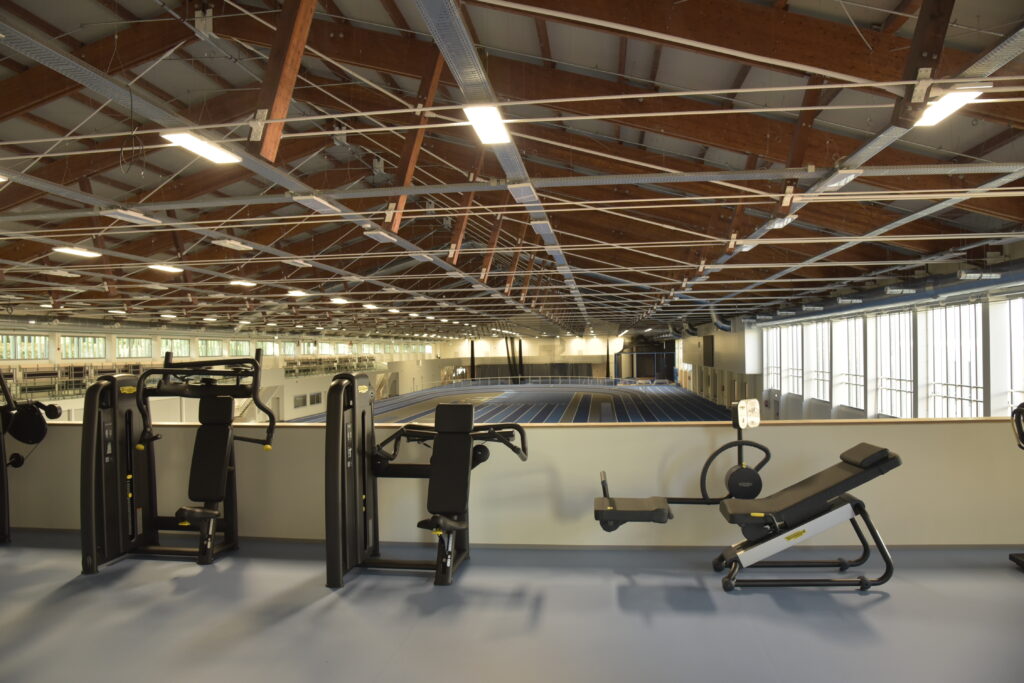
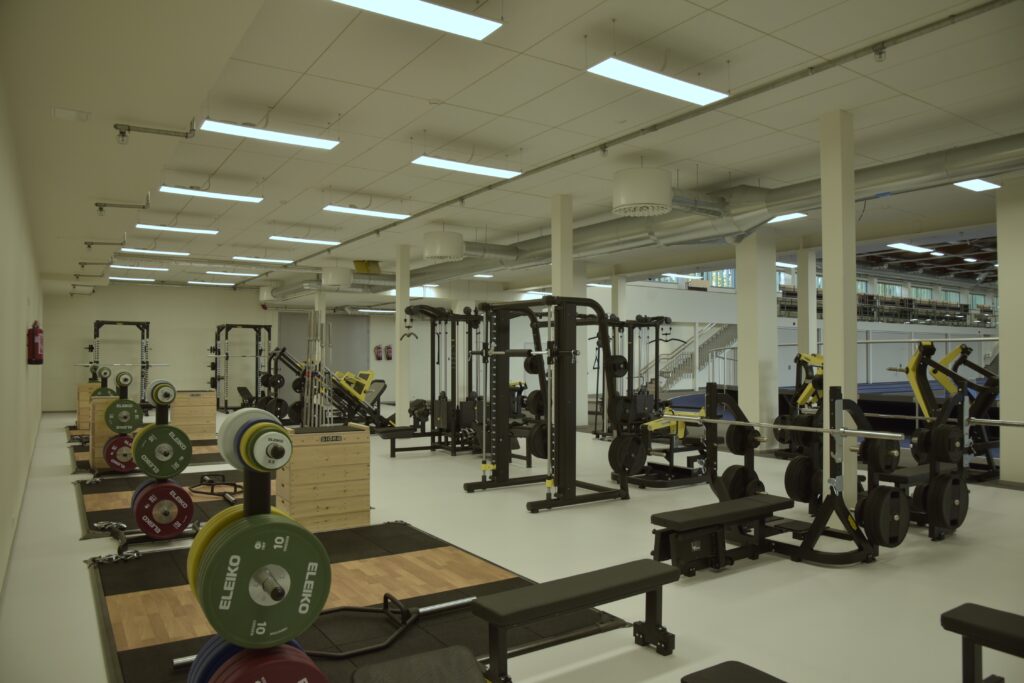
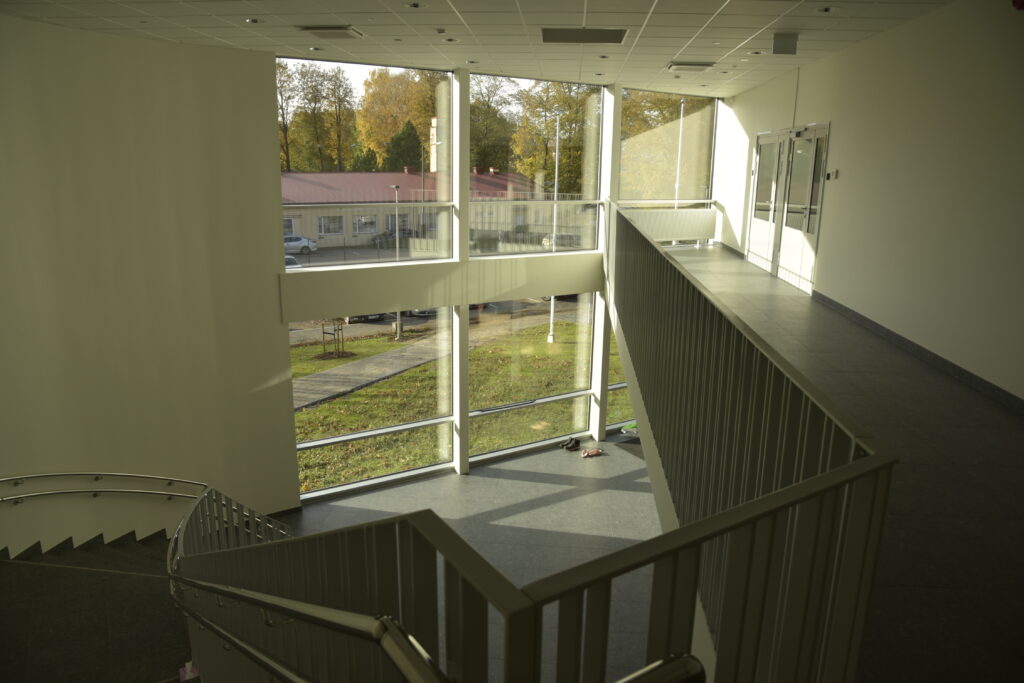
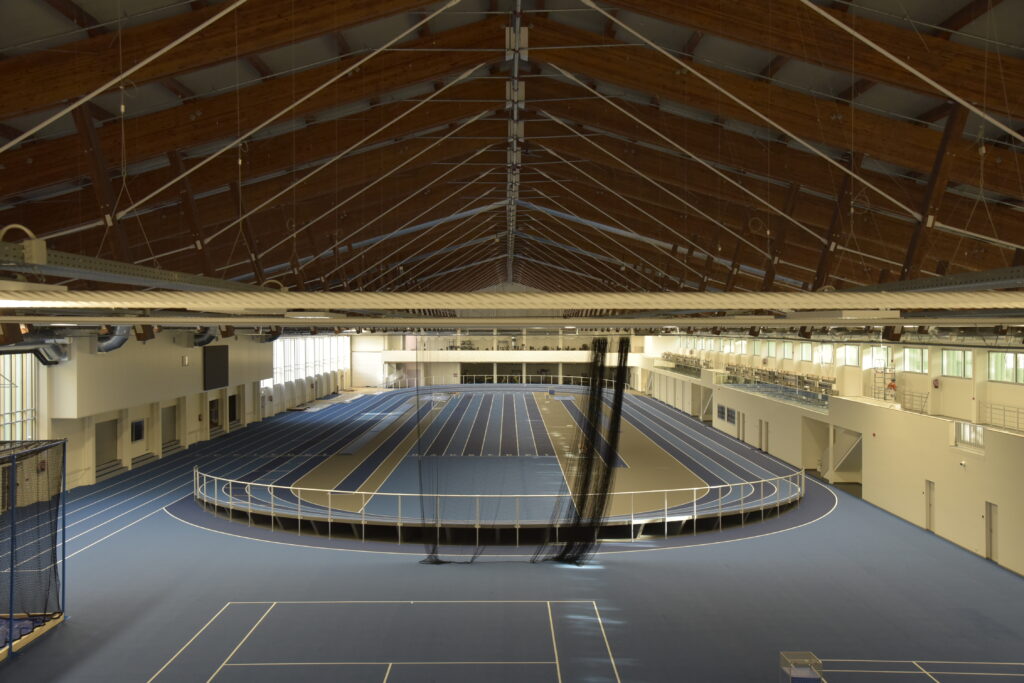
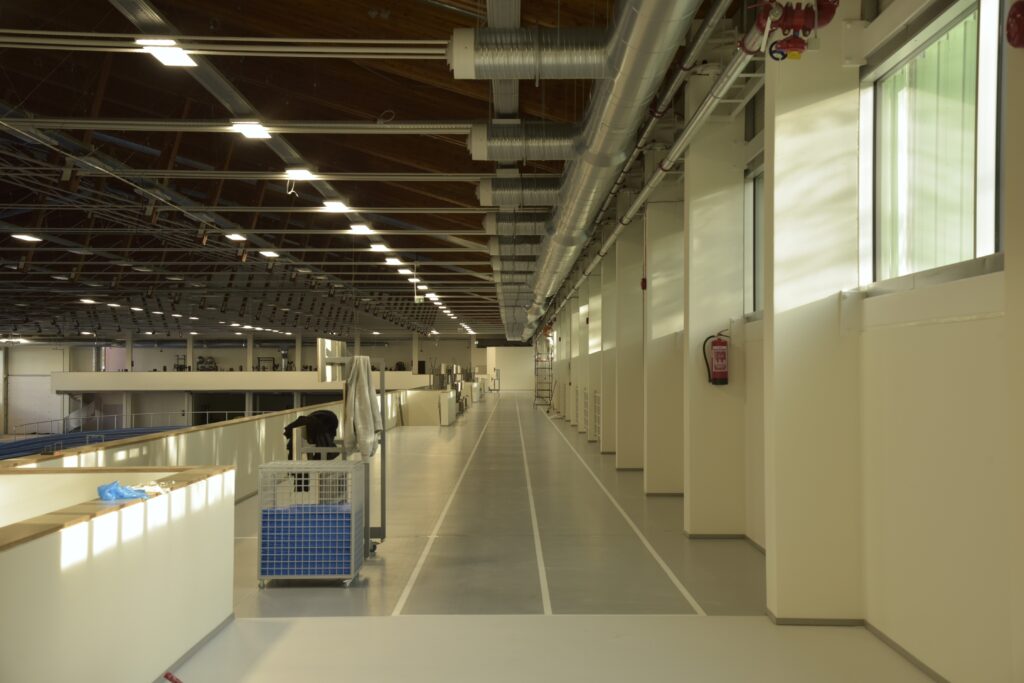
Interior photos: Saamuel Pilpak / LCC Produkt